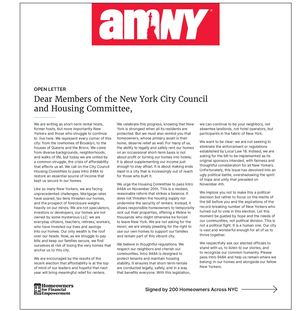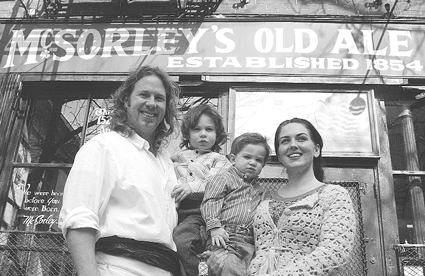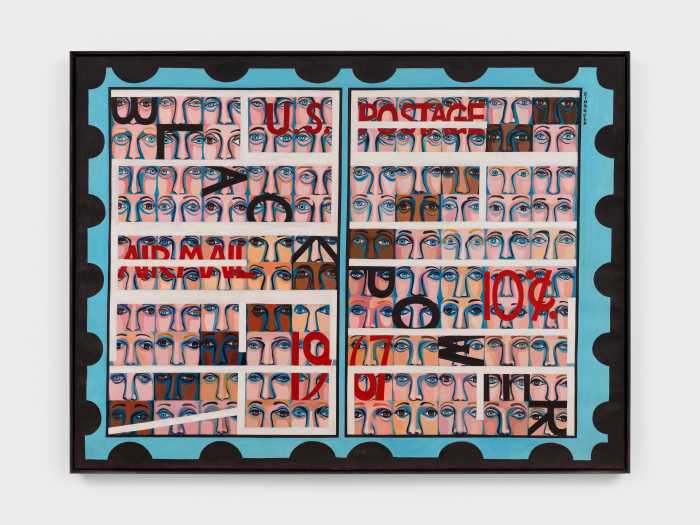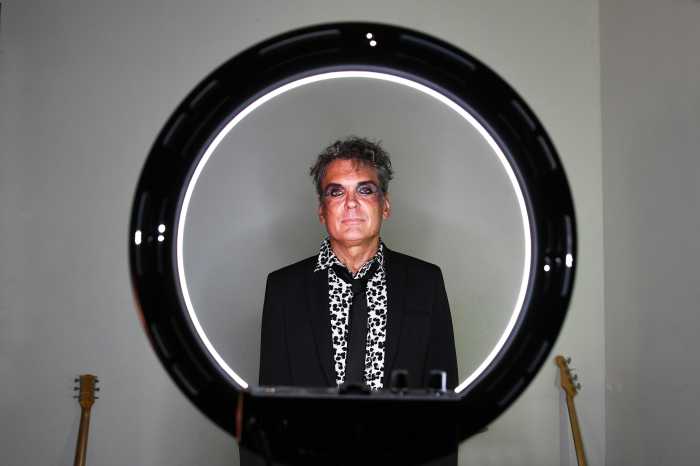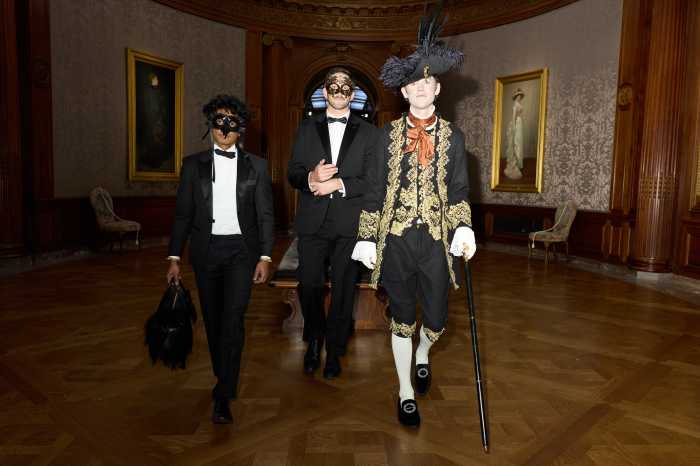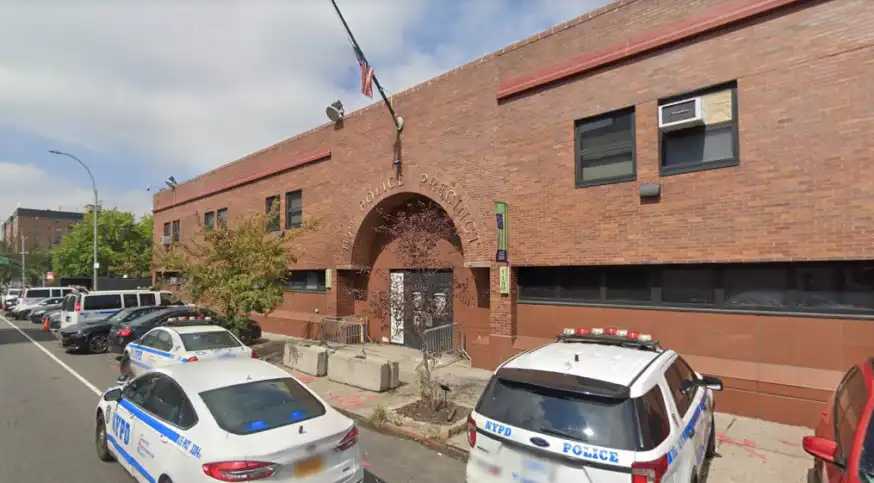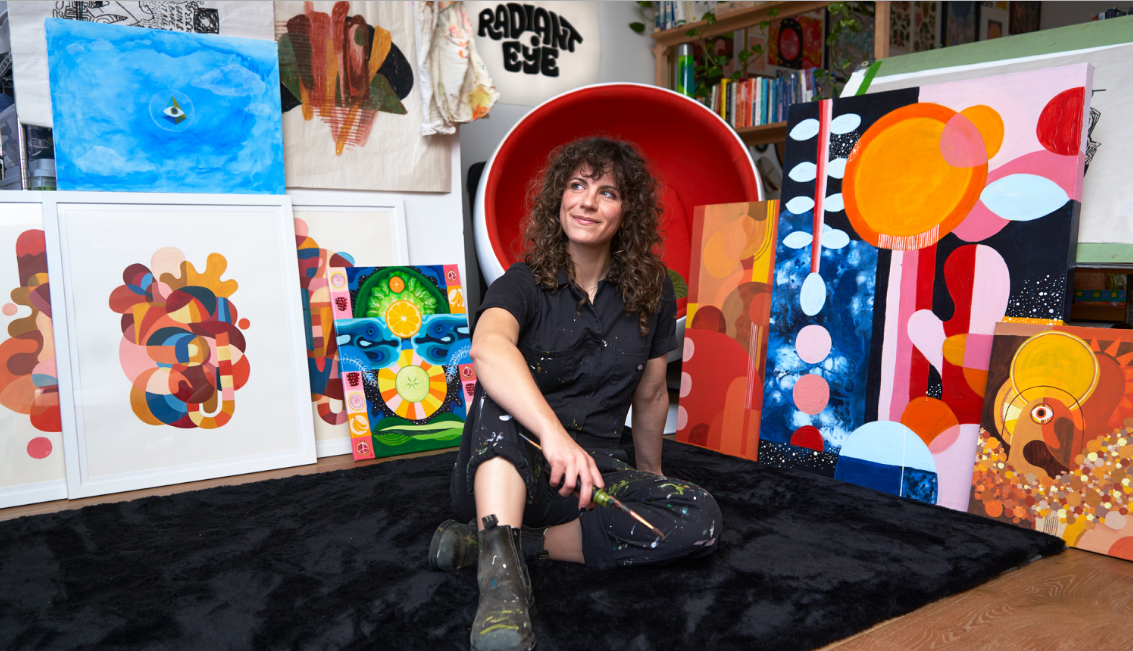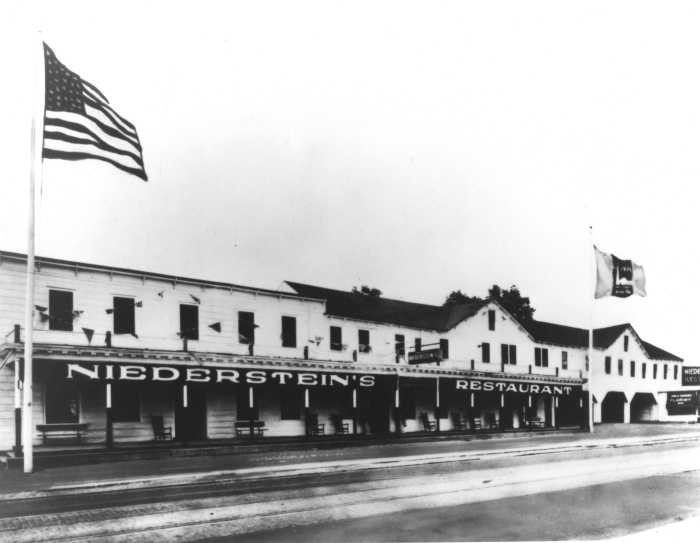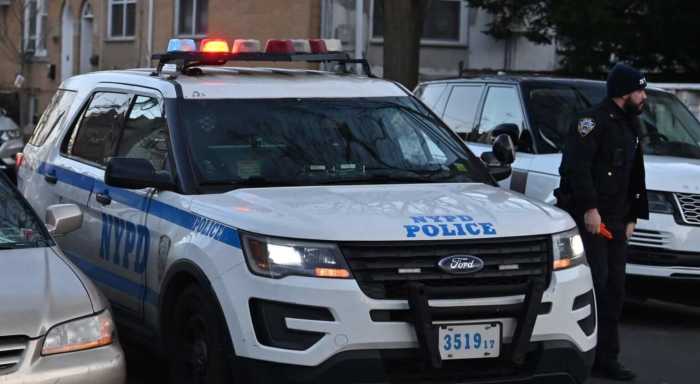By Tim Stelloh
The first time Gregory de la Haba saw his wife, Teresa, it was September 1994, and she was tending bar at McSorley’s Old Ale House.
That’s the same McSorley’s that was, for much of its history, known for its “workingman” clientele. The same McSorley’s that banned women until a court ruling in 1970 forced the bar to open its doors to both genders. The McSorley’s that, from 1854, when the bar opened, to 1986, didn’t have a women’s bathroom. The McSorley’s so steeped in tradition that several inches of dust hang from the World War I-era turkey wishbones hanging from a chandelier above the bar.
It was, in other words, historic that a woman was tending bar at McSorley’s. Mattie Maher, the bar’s owner — and Teresa’s father — knew this. That’s why he had commissioned de la Haba a few months before to paint a portrait of Teresa.
“She was the only one in the family that showed any interest,” Maher said. “She found a love for it, and if you have one in your family that has that kind of an interest, that’s great.” Maher, 66, knows something about the importance of family in his business: McSorley’s ownership has only changed families twice in its 152-year-history. From Bill McSorley to Daniel O’Connell in 1936, and from Daniel Kirwan (O’Connell’s grandson) to Mattie Maher, who purchased it in 1977.
Despite having emigrated from Kilkenny, Ireland, 42 years ago, Maher still speaks with a heavy accent. He laughs when recalling his customers’ reactions to seeing Teresa behind the bar. “They said, ‘It’s not enough that women are coming in here now?’ Then they realized who she was.”
Teresa, 36, said her father cared less about the politics of the decision than he did about keeping the bar in the family. And while the greeting she received back in 1994 was a tad jarring, it wasn’t nearly as bad as she thought it would be. Sure, customers told her that she was tarnishing 140 years of tradition, and that she would cost her father his business. But she had grown up in McSorley’s. It was her home. Her earliest memories, when she was just 5 years old, are of sitting in the bar’s backroom, drinking Cokes, eating hamburgers and watching her dad do paperwork. Those memories, she said, made the transition less menacing than it might have been for an outsider.
“My first day was a Friday afternoon,” Teresa said, with her slight Brooklyn accent. “My father told me, ‘Go back there, put the garbage bag around your waist. Just say you’re about your father’s business.’” (The garbage bag, of course, is what all McSorley’s bartenders wear to keep the constant splash of ale and dishwater from drenching their pants.)
Soon after Teresa started, de la Haba, who had recently graduated from Harvard’s extension program, decided to blow off graduate school at the New York Academy of Art and become “a real artist.” The day he decided to call it quits, he stopped in at McSorley’s. There, he met a longtime customer who suggested to Maher the idea of celebrating the bar’s first female bartender with a portrait. On Jan. 5, 1995, de la Haba began painting. It was his first commissioned piece.
Teresa, it turned out, had grown up around the corner from de la Haba in Queens. He was from Flushing, she was from Whitestone. But they never met. They even went to brother-and-sister Catholic schools — Holy Cross and St. Agnes — and were almost set up on a prom date in 1986. That’s the reason, Teresa said, that she wasn’t terrified of going to a stranger’s studio by herself to pose for a portrait.
So at the request of her father, Teresa went to de la Haba’s studio in Astoria. He fell in love almost immediately. “Within the first hour, I knew,” he said. But Teresa wasn’t quite as taken. “She thought I was a player, that I did this with all the women,” he said. “So I had her name tattooed on my back.”
Like Teresa, de la Haba is 36. His long, red hair, goatee and mustache make him look like Metallica’s James Hetfield circa 1989. McSorley’s has been his favorite bar since he was 14, when he first began drinking there. Back when the drinking age was 18, the bar was full of kids like him, according to de la Haba. As it is with Maher, McSorley’s is a family affair for de la Haba: both of his older brothers drank at McSorley’s, as did his grandfather, who delivered coal in the neighborhood and always made the bar his last stop.
De la Haba, who has been a bartender at McSorley’s since Teresa gave birth to their first son, Matthew, in 2002, twisted around in his chair in the bar’s backroom as he described the tattoo. He pulled up his white button-down shirt and exposed the faded ink on his lower back. In Old English lettering it read, “Teresa.” Below the name, in a slightly smaller scripted term of endearment to the raven-haired Teresa, it read, “Mi Negra.” He had the tattoo done six months after they met.
“She thought I was absolutely insane,” he said.
According to Teresa, Maher wasn’t wild about de la Haba propositioning either. He was married, after all. But de la Haba said his wife didn’t understand “his lifestyle” — that is, she wanted “a 9-to-5 guy,” not an artist trying to establish himself. She also “hated” McSorley’s, he said. Teresa, on the other hand, was a fan of de la Haba’s long museum trips and his discourses on art. And she loves the family business.
Three years later, after de la Haba’s divorce papers were finalized, they were married.
Gregory’s pastel portrait of Teresa, which he finished around the same time that he got his wife’s name permanently inscribed on his back, hangs in the living room of Mattie Maher’s home in Whitestone, Queens.
Read more: Bomb Scare: Grenade Removed From Queens Bank
